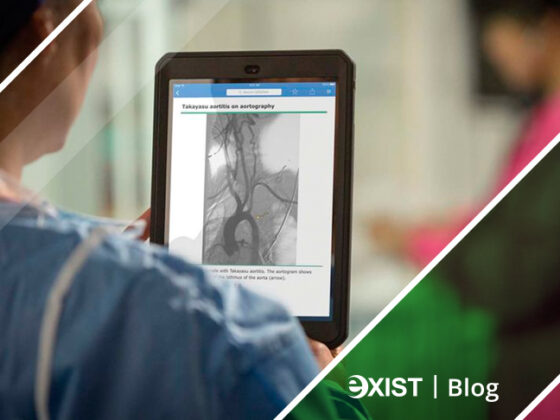Exist Software Labs, Inc. was honored to take part in the 9th International Symposium hosted by the Metro Manila Health Research and Development Consortium (MMHRDC)…
read more
Transforming Care Through Knowledge: Exist Promotes UpToDate® at Asian Hospital’s Health Research Symposium
https://exist.com/wp-content/uploads/20250613-Transforming-Care-Through-Knowledge.jpg
839
630
Remus Medel
https://secure.gravatar.com/avatar/09c0c6410ca41ffb72f2e34ef1e02855e795796c3d132302e332b702f0cacd5a?s=96&d=mm&r=g





